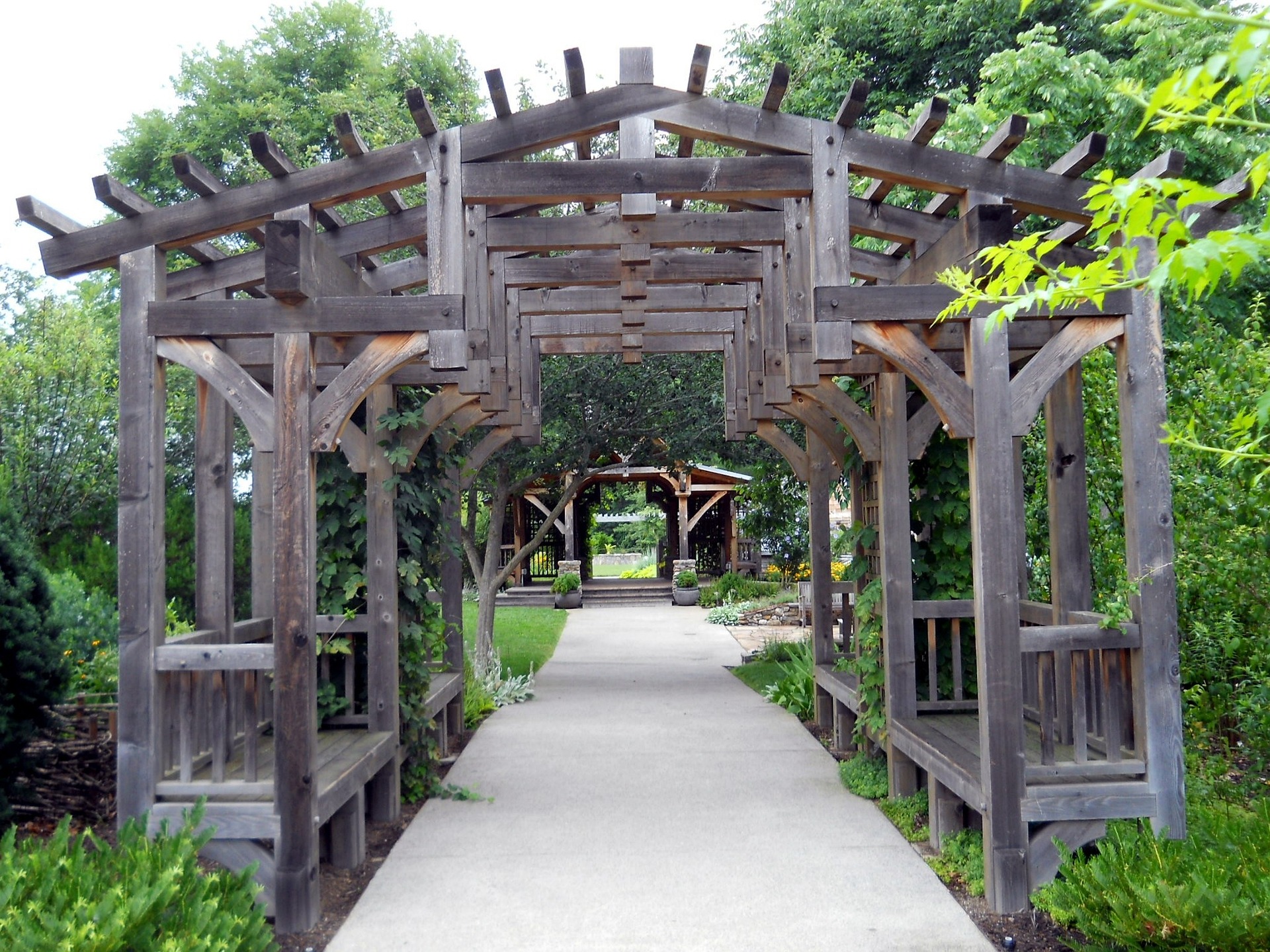"Reviving the Renaissance: Injecting Timeless Elegance into Modern Homes"
The Renaissance, a period spanning from the 14th to the 17th century, was a golden age for art, architecture, and culture. This era marked a significant departure from traditional medieval aesthetics, ushering in an emphasis on symmetry, proportion, and harmony. The result was a design aesthetic that was both grand and elegant, with a strong focus on detail.

Renaissance Revival: A Modern Take On a Classic Style
In recent years, the Renaissance style has seen a resurgence in popularity. Designers, homeowners, and enthusiasts alike are drawn to its timeless elegance, intricate detailing, and grandiose appeal. Modern Renaissance interiors perfectly blend the old-world charm of the period with contemporary design principles, creating spaces that are warm, inviting, and undeniably stylish.
Practicality Meets Aesthetics: The Appeal of Renaissance Decor
The Renaissance style lends itself well to modern living, providing a sense of luxury without sacrificing practicality. It seamlessly incorporates ornate furniture, rich textiles, and intricate architectural elements into the home, making everyday spaces feel opulent yet comfortable. Market trends also show an increased interest in this style, with homeowners seeking out antique pieces and handcrafted reproductions to achieve the desired look.
Breathing Life Into Spaces: The Impact of Renaissance Design
Incorporating the Renaissance style into a modern home not only adds visual interest but also enhances the overall living experience. Spaces imbued with Renaissance elements exude a sense of history and sophistication, offering a unique backdrop for everyday life. From the grandeur of a Renaissance-inspired living room to the warm elegance of a period-style kitchen, this design aesthetic elevates the mundane into the extraordinary.
The Renaissance Reimagined: Blending Old and New
While the Renaissance style is rooted in history, it doesn’t have to feel dated or out of touch. By incorporating modern elements—such as streamlined furniture, contemporary artwork, and updated color palettes—into the classic Renaissance framework, homeowners can create spaces that are both timeless and current. This approach allows for a fresh interpretation of the style, ensuring its continued relevance in the world of interior design.
The Renaissance period left an indelible imprint on the world of design—a testament to its enduring appeal. As we continue to explore and reinterpret this style, we not only pay homage to a significant period in history, but also add richness and depth to our modern living spaces. The Renaissance revival serves as a reminder that even as we push the boundaries of design, there is always room to look back and draw inspiration from the past.




